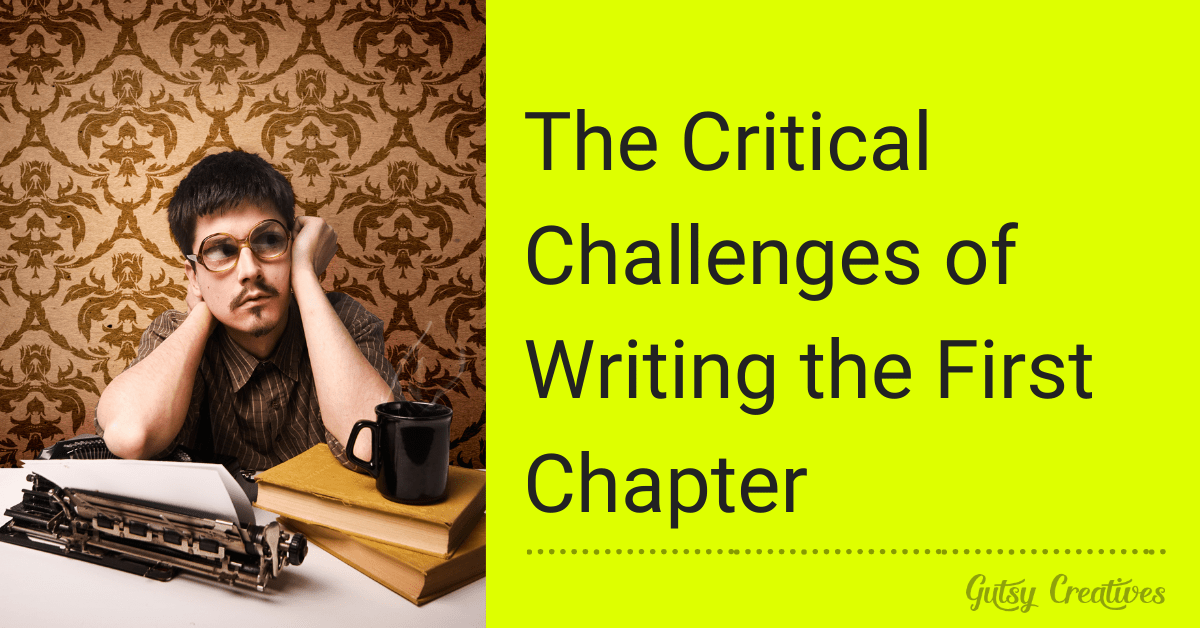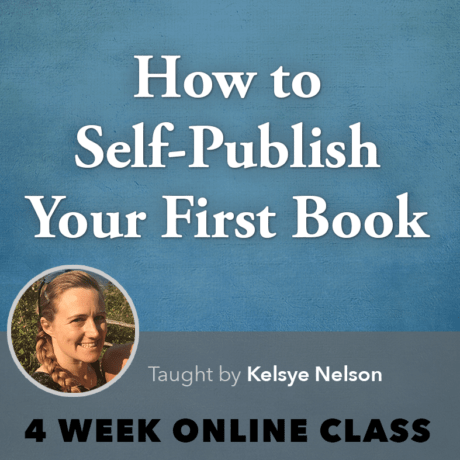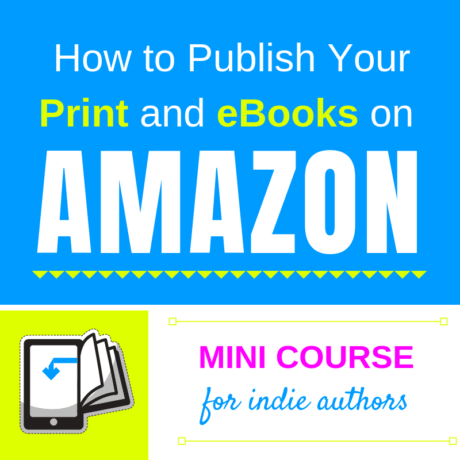

Your first chapter carries more weight than the rest of your book. Everything from the setting to the narrative voice and thematic introduction happens in the very first scene you place in front of your reader.
How critical or challenging is the first chapter in terms of setting up the plot? Let’s ask five best-selling authors what worked for them.
01. David Heshka Wanbli Weiden on Writing the First Chapter of Winter Counts
The success of crime novels and thrillers depend a lot on the stickiness of the first chapter. According to David Heshka Wanbli Weiden, grabbing the reader right away is key.
Working on his native American Thriller Winter Counts as an enrolled citizen of the Sicangu Lakota nation, he found preparing the setting for a reader who has never visited an Indian reservation to be particularly challenging.
He set up the main plot concept of the Major Crimes Act; a federal law which forbids native nations from prosecuting felony crimes on their own lands. Then introduced the main character, along with the challenges and economic difficulties experienced by native reservations. As challenging as it was, he weaved them all into the first seven pages of his novel.
02. Heather Chavez on Writing the First Chapter of No Bad Deed
In a thriller, Heather Chavez believes it is important to establish context quickly. The first chapter should introduce the character, setting, what the book is going to be about, the voice and the world the character lives in.
Recalling her first chapter for No Bad Deed, Chavez found the pacing to be the most challenging. It is about moving fast enough to hook the reader and bring them along for the ride, but not too fast that they don’t connect with the character.
Just as challenging as the balancing act is, the readers will cut you some slack if you get it right.
03. Nguyen Phan Que Mai on Writing the First Chapter of The Mountains Sing
When a writer pitches the book to an agent, the first chapter is often the only thing an agent will read. Nguyen Phan Que Mai spent more time working on the first chapter than she did with any other chapter of her novel.
The first chapter of The Mountains Sing opens with the 1972 American bombings of Hanoi.
Referring to her former career as a film producer, Que Mai quoted; “You can’t make a good film unless your hand trembles behind the camera.” She remembered feeling her hand tremble as she brought the first chapter of The Mountains Sing to life.
Having interviewed over 20 firsthand accounts of the bombings, she breathed life into her protagonists, who ran from street after street in search of bomb shelters. The fear, the sirens, the pain were as vivid and realistic as they could be.
Que Mai says; “When you write something good, you know it. And when you can write a good first chapter, you know in your heart that this book would work.”
04. Margarita Montimore on Writing the First Chapter of Oona Out of Order
Margarita Montimore toils over and spends as much time revising the first chapter as the rest of the book. As an avid reader herself, she believes the first chapter can either convince the reader to continue reading or abandon the book.
In the first chapter of Oona Out of Order, Montimore had to capture the transition of an 18-year-old woman who wakes up overnight as a 51-year-old in a completely different time period; with all opportunities and choices robbed from her. Montimore’s challenge was in getting the reader invested enough to empathize with Oona and follow her along on the journey into the next chapters.
For any writer working on the first chapter, Montimore encourages committing to rework it many times over. For her, if there’s any place that needs intense dedication, detail, and toil, then it is definitely those first pages.
05. Natalie Jenner on Writing the First Chapter of The Jane Austen Society
For Natalie Jenner, the beginning of the book is a gateway not only to the reader but also to pantser authors like herself. When she sits down to write with nothing but the key storyline, the first chapter helps her unlock the plot.
With The Jane Austen Society, she knew her story had eight different characters; four women and four men who would come together to save Jane Austen’s house right at the end of the second world war. She started off with setting the time period, the theme and the locus. But it was not until she introduced the character of a farmer who picks up a copy of Pride and Prejudice, falls in love with the book and writes the words “he was getting married for Mr. Darcy,” did it dawn on her to look beyond merely saving the house of Jane Austen.
Instead, her story evolved to that of a fandom; a community of people bonding over the shared love for a great book, and learning to love oneself through that empathetic experience of closeness with a writer’s work.
This new framework of emotional response helped her with every new character she introduced; asking herself why they loved Jane Austen and why would they give up everything to save her house.
She believes it is the first chapter that holds the key to a successful plot.

Shafeeka Hafeez
Shafeeka Hafeez grew up escaping into a world of books where she discovered a love for writing and a fascination with trees. When she’s not taking up a new marketing skill, or typing out a blog post, you can find her Googling the best therapy for abandoned cats.







0 responses on "The Critical Challenges of Writing the First Chapter"